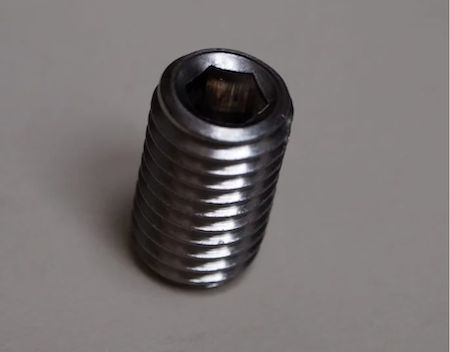Ardent readers of this publication will be familiar with the Editor’s need to visit secondhand bookshops every 48 hours lest he succumb to uneasiness. The thing about such rhythmic behaviour is that eventually all the books one has craved become one’s own. If the bookomane reads book reviews, regularly inspects stock in the big bookshops, notes down titles mentioned on the radio and television and by friends etc, he will soon generate a list as long as his arm. Let us say that the bookophile lives one hundred years. In that time he will almost inevitably pick up everything on his list as those volumes are steadily discarded by those who do not know any better. This could amount to hundreds of books. It is, furthermore, conceivable that, even as death approaches, the outstanding volumes will be secured. Given that the bulk of the books thus acquired will not be read in the lifetime referred to earlier, it doesn’t matter if a few are never located. One is not obsessed.The key to all this is, of course, memorisation. One must be able to recall that, possibly several years ago, a particular title or author was placed on the list. One can, obviously, read the list from time to time to refresh the memory but I must confess I’m a hardliner on this one: it is a sign of weakness to read the list. It exists because the act of adding to it constitutes a memorable operation in itself. No further consultation should be necessary.

I was recently very pleased to secure a particular used volume in the local branch of Traid. This is its cover.
I first saw it in Magma, in Clerkenwell, where I should have bought it without further ado (I am not averse to the new purchase). Sensing that the volume was a portal to some interesting thinking, I did, however, remember it. But not well enough. After a year or two I had forgotten both title and author(s).

Finding myself in the Clerkenwell area again – I was seeking out a source of grub screws (the ones that prevent door knobs from falling off) – I popped into Magma and endured the following exchange:
“Do you have that book that you had with pictures of the figures that you get in advertisements?”
“How do you mean?”
“You know: it’s a collection of the little…er…figures…you know…like little men and animals that are associated with products?”
“I don’t think we’ve ever had that.”
“You have! I mean ‘You have.’ It’s full of images of…they’re like cartoon characters! They help sell products.”
“No.”
In the next post I will take a look at some of these cheeky little items.
26.06.2009

